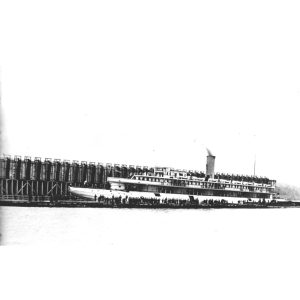Mio records record temperature of 112 degrees In the middle of the Dust Bowl and Great Depression, the summer of 1936 brought with it an unforgiving heat wave that left much of North America sweltering. And on July 13, 1936, a small Northern Michigan town etched its name into the weather history books. That day, Mio, Michigan—tucked in the Au Sable River valley—hit an unbearable 112 degrees Fahrenheit, making it the record for Michigan’s hottest day. 🌞 And Mio wasn’t alone. That same day, Saginaw sizzled at 111°F, while other cities weren’t far behind: Kalamazoo – 109°F Grand Rapids –… Read More »













